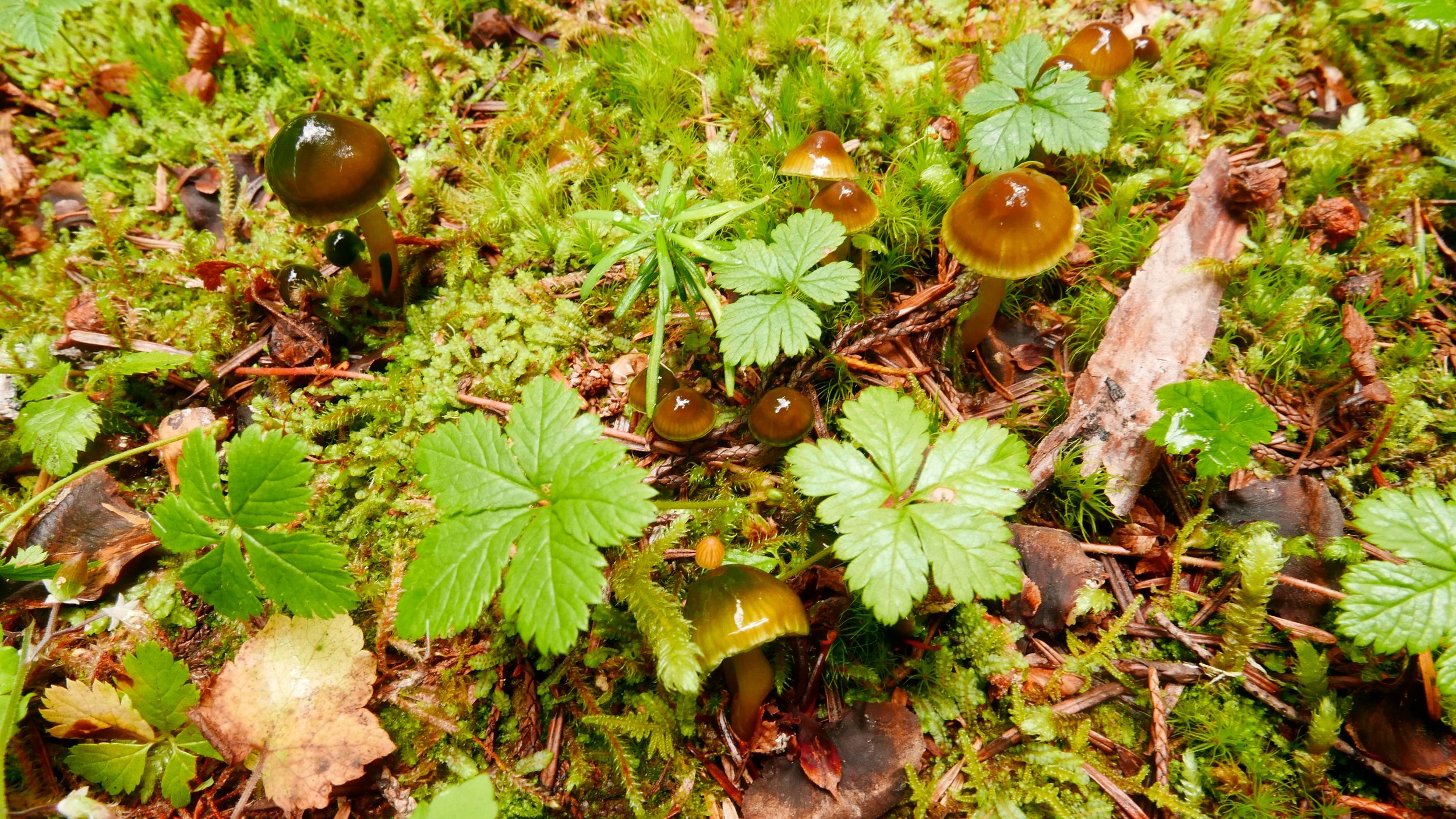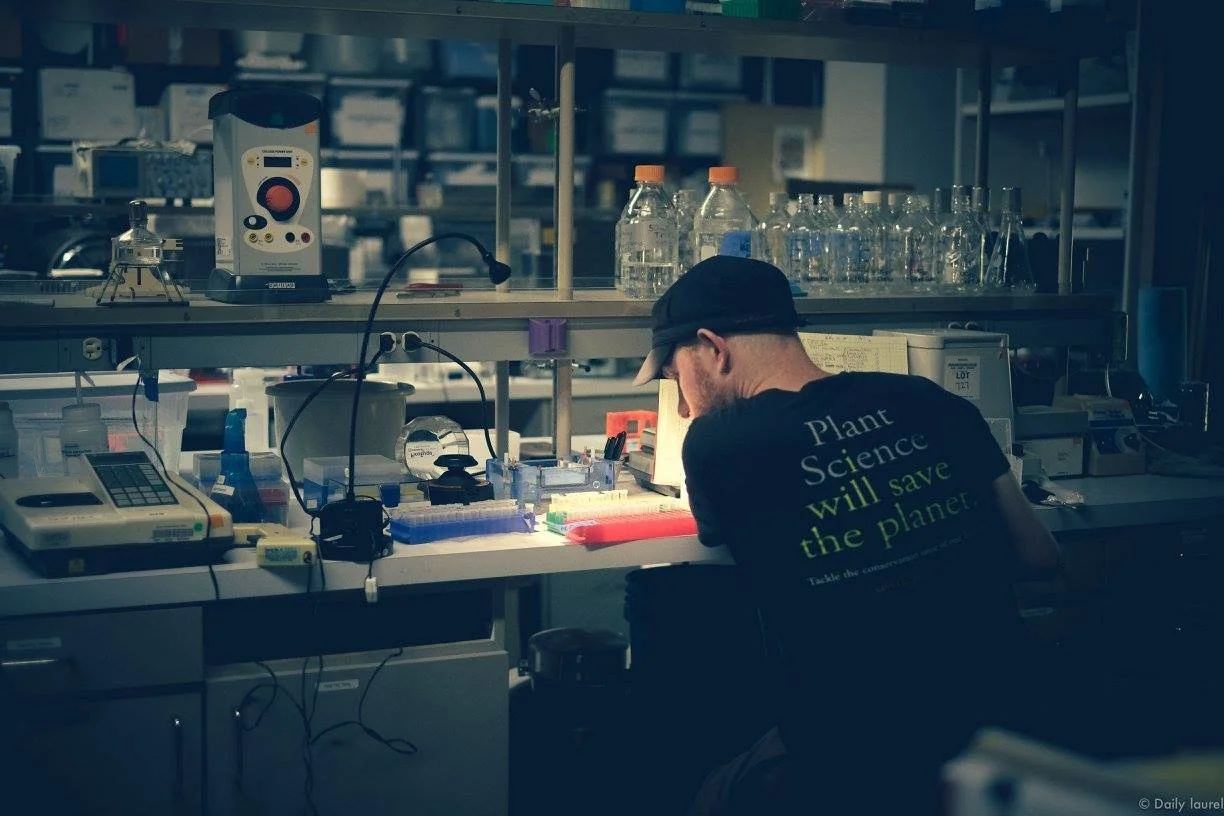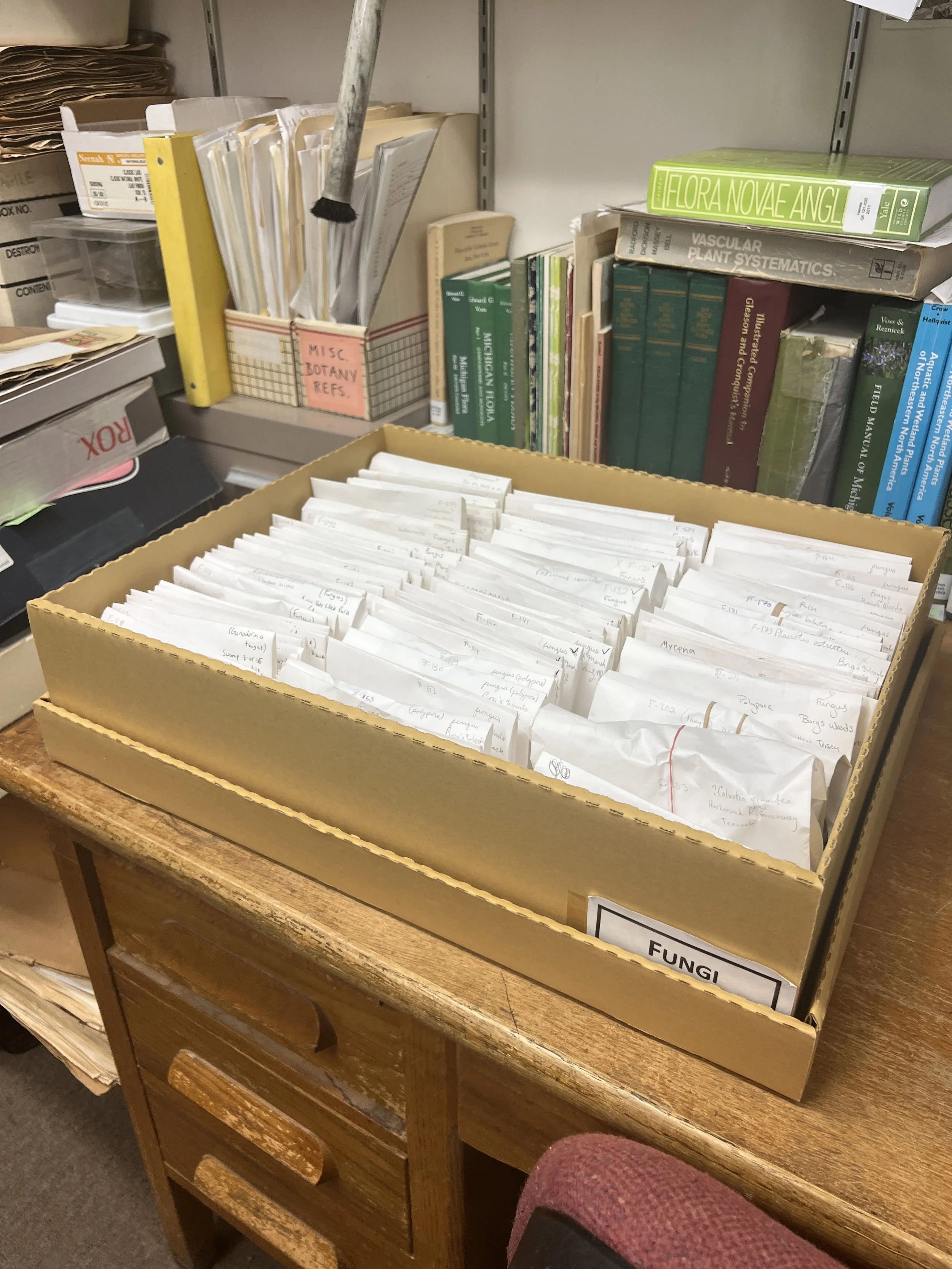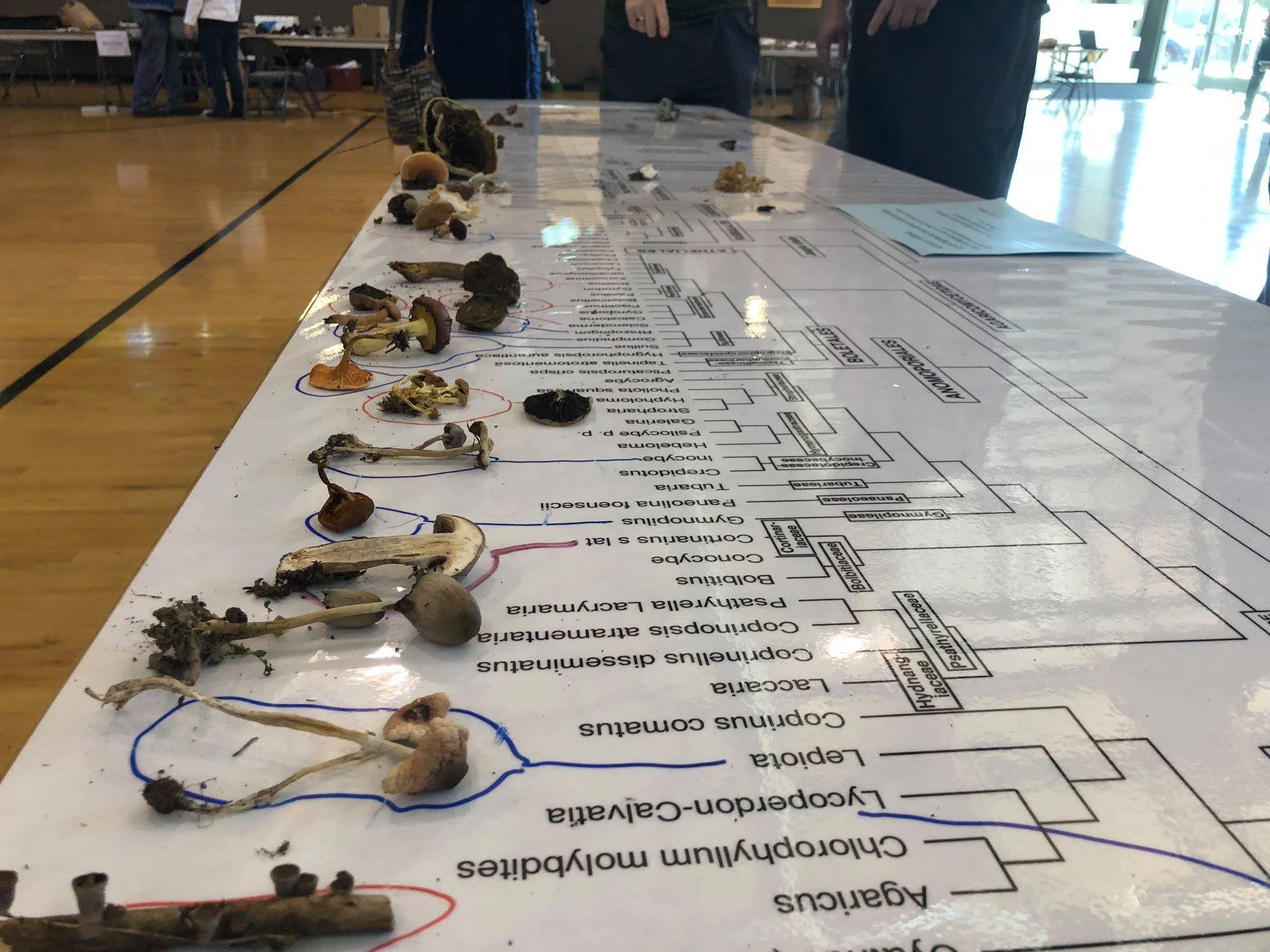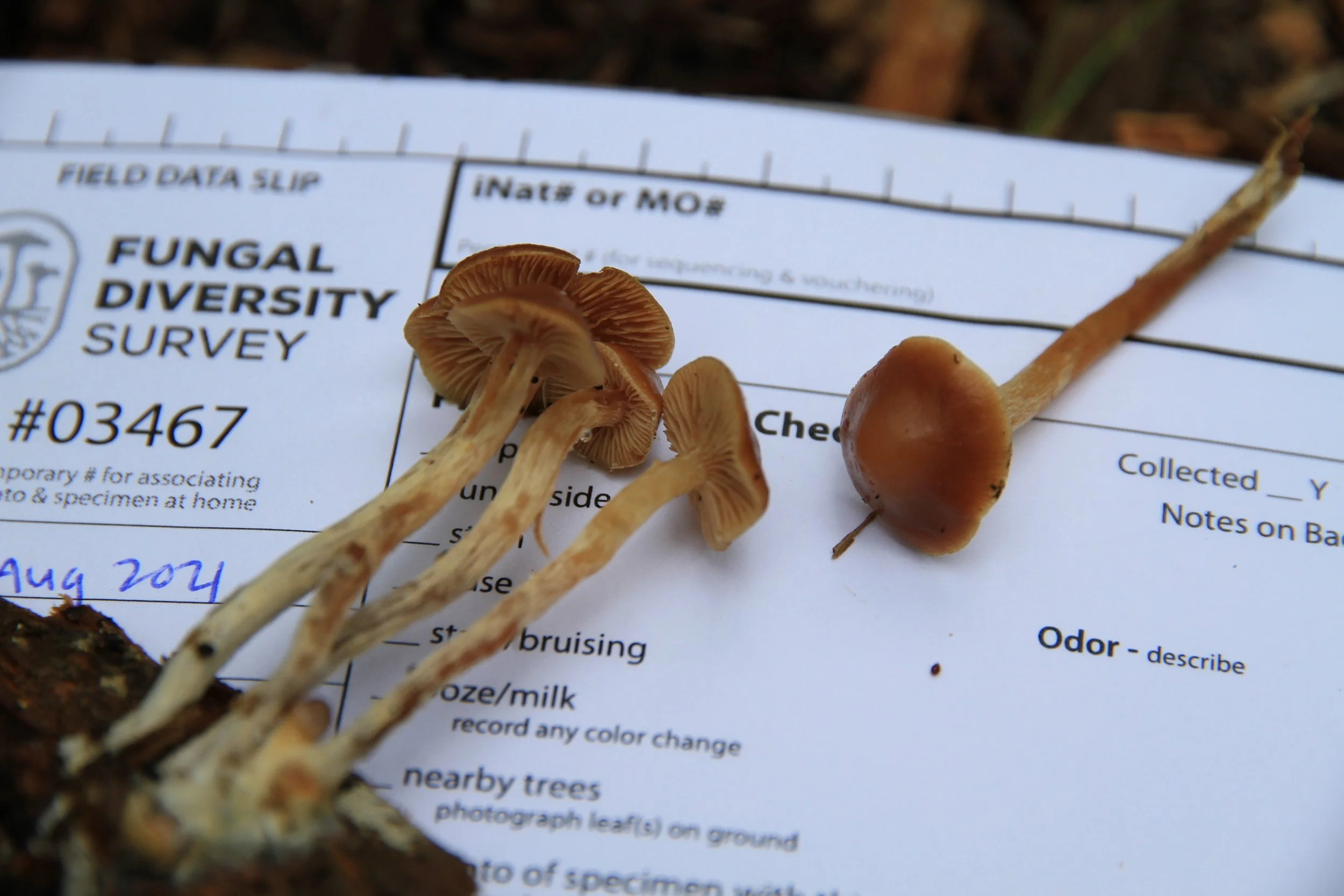Our Resources
Mushroom collection and preservation for scientific research.
Covering everything from acquiring permits to recording field data. Our protocol outlines best practices to make high quality fungal observations and collections, which are significant contributions to fungal understanding and conservation. Whether you're an experienced researcher or a beginner, teacher, or student, our resources aim to support you.
Photo by Gabriela D’EliaFungal Collection Protocol
How to collect mushrooms for scientific research, from obtaining permits to photographing and recording essential data in the field. This guide covers best practices for ensuring high-quality observations and contributing valuable data to science and conservation.
Photo by Gabriela D’EliaProcessing Fungal Specimens
Learn to dry fungi for DNA sequencing or fungarium storage, label and store dried specimens with their field data slips to ensure accurate identification and preservation.
Photo by Alan RockefellerPrepare Fungal Specimens for DNA Sequencing
Learn how to collect and prepare mushroom tissue for DNA sequencing. Ensure precision and cleanliness for accurate results that contribute to mycological research. Send your samples to us or our partners for DNA sequencing.
Finding a fungarium
Connect with a fungarium or herbarium to preserve and share your fungal specimens effectively.
More Resources
compiled by Sigrid Jakob for new york Mycological Society and Fungal Diversity Survey
THE ULTIMATE MUSHROOM LIST
Dive in to expand your knowledge and add your suggestions.
